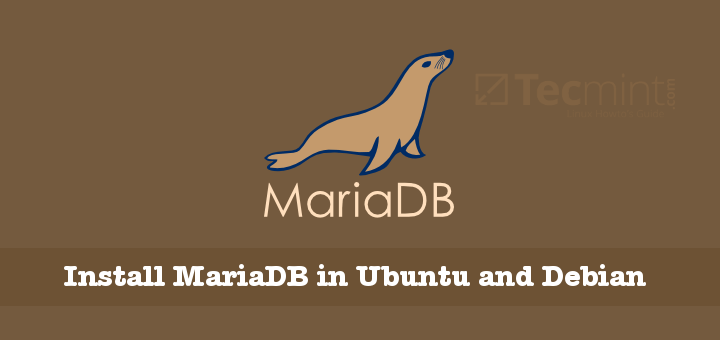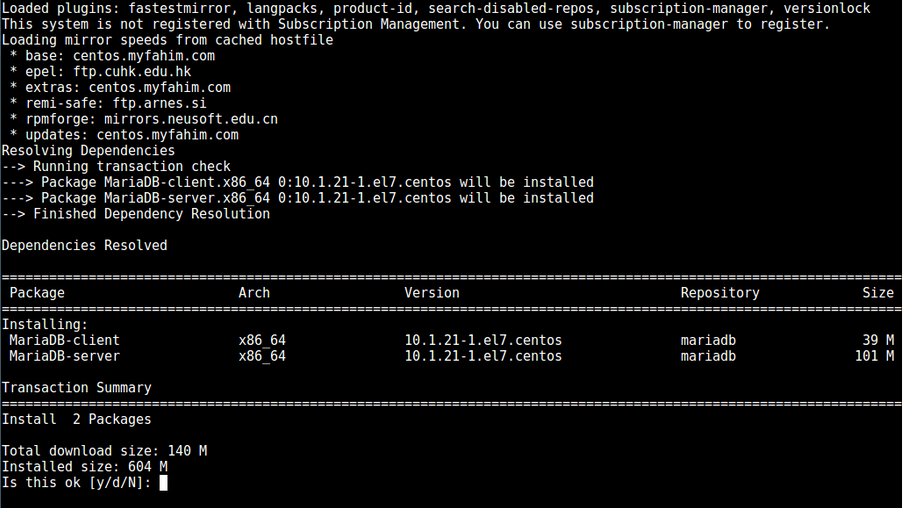

| 10.4.28-MariaDB-1:10.4.28+maria~deb10-log |īye Step 4: Install Desktop Database Management Tool Type '\c' to clear the current input statement. Server version: 10.4.28-MariaDB-1:10.4.28+maria~deb10-log binary distributionĬopyright (c) 2000, 2018, Oracle, MariaDB Corporation Ab and others. You can log in as well to check your database version: $ mysql -u root -p Mar 07 15:43:10 debian10 /etc/mysql/debian-start: Triggering myisam-recover for all MyISAM tables and aria-recover for all Aria tables Mar 07 15:43:10 debian10 /etc/mysql/debian-start: Checking for insecure root accounts. Mar 07 15:43:10 debian10 /etc/mysql/debian-start: Phase 7/7: Running 'FLUSH PRIVILEGES' Mar 07 15:43:10 debian10 /etc/mysql/debian-start: information_schema Mar 07 15:43:10 debian10 /etc/mysql/debian-start: Processing databases Mar 07 15:43:10 debian10 /etc/mysql/debian-start: Phase 6/7: Checking and upgrading tables Mar 07 15:43:10 debian10 /etc/mysql/debian-start: performance_schema Mar 07 15:43:10 debian10 /etc/mysql/debian-start: mysql Loaded: loaded (/lib/systemd/system/rvice enabled vendor preset: enabled)ĭrop-In: /etc/systemd/system/Īctive: active (running) since Tue 15:43:10 UTC 3min 40s ago


You can check status using: $ systemctl status mysql When done, it will finish installation and start mysql service. When prompted to set the root password, provide the password. Sudo apt install mariadb-server mariadb-client Once the key is imported and the repository added, you can install MariaDB with: sudo apt update Done adding trusted package signing keys Step 3: Install MariaDB Database Server 10.4 on 10|9 Repository file successfully written to /etc/apt//mariadb.list

Repository command execution output: Checking for script prerequisites. Sudo bash mariadb_repo_setup -mariadb-server-version=10.4 Sudo apt -y install software-properties-common dirmngr curl wget Step 2: Add MariaDB 10.4 repository and Import GPG keyĬonfigure MariaDB APT repository in your Debian system: curl -LsS -O Run the following command to install required dependencies: sudo apt update How to Install MariaDB 10.4 on Ubuntu Install MariaDB 10.4 on Debian 10|9īefore you install MariaDB 10.4 on Debian 10/9, you need to add official MariaDB upstream repositories which contain binary packages for MariaDB.


 0 kommentar(er)
0 kommentar(er)
